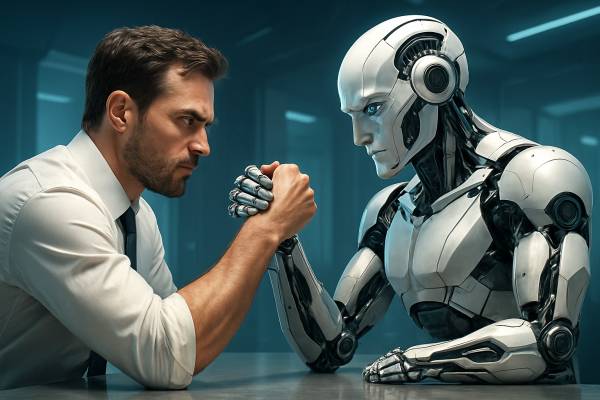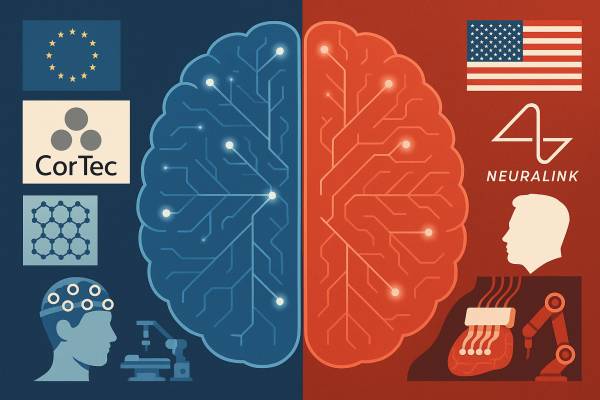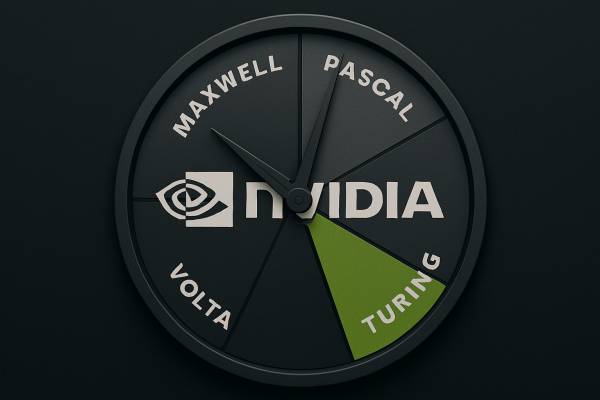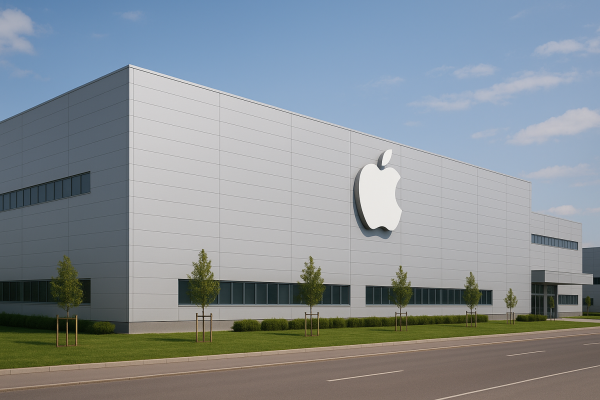As political and economic tensions between the United States and China continue to rise, global technological competition shows no signs of slowing. Nvidia, one of the world’s most prominent chip manufacturers, is working on new strategies to maintain its presence in China, despite increasing geopolitical constraints. The company is seeking room to maneuver not only in business, but also through diplomacy.
In the near future, Nvidia plans to release a new artificial intelligence chip in China—a modified version of its existing RTX Pro 6000 Blackwell GPU. This version will have limited technical capabilities, as it will not include the most advanced memory technologies, such as High Bandwidth Memory (HBM), or NVLink, which significantly enhances data transfer speeds. The purpose of these modifications is clear: to comply with U.S. export restrictions while still allowing China access to certain Nvidia technologies.
Nvidia CEO Jensen Huang’s commitment to the Chinese market is evident in his plan to personally attend the China International Supply Chain Expo. There, he is expected to meet not only with industry partners but also with senior Chinese government officials, including Premier Li Qiang and Vice Premier He Lifeng. These meetings are likely to go beyond business and include strategic discussions.
Meanwhile, China is moving forward with its own plans. According to Bloomberg, the country aims to build 36 artificial intelligence data centers, which would collectively use more than 115,000 Nvidia H100 and H200 chips. The scale of this project is almost unprecedented in China’s tech sector, especially given the current restrictions on U.S. exports. This raises not only technological but also political questions: how exactly will China obtain such a large number of chips?
At present, there is no verified information on how China might acquire the necessary hardware. Some reports suggest that it could obtain high-end chips through Southeast Asian countries such as Malaysia and Singapore, while others point to the possible use of domestically developed accelerators, such as H20 AI chips, in the planned data centers. In any case, the available evidence indicates that China's tech strategy is actively exploring ways to circumvent U.S. controls and stay competitive on the global stage.
As China’s AI infrastructure expands, Nvidia has reached new highs in the stock market. In early July, the company’s market capitalization briefly hit $4 trillion—a global first. This surge reflects continued investor optimism surrounding AI. While the emergence of a cheaper Chinese AI model developed by DeepSeek caused some turbulence earlier this year, Nvidia has since regained investor confidence.
The global AI race is no longer limited to technology and economics; it now includes diplomacy and politics as well. The evolving relationship between Nvidia and China reflects this complex and interconnected landscape. On one side is American technological dominance, backed by regulatory efforts to maintain it. On the other is China’s persistent drive to overcome these barriers and develop its own capabilities.
The situation remains fluid, and while official statements tend to be cautious, what lies beneath is a clear and intensifying global competition—one that may define the future of data processing and artificial intelligence.
































